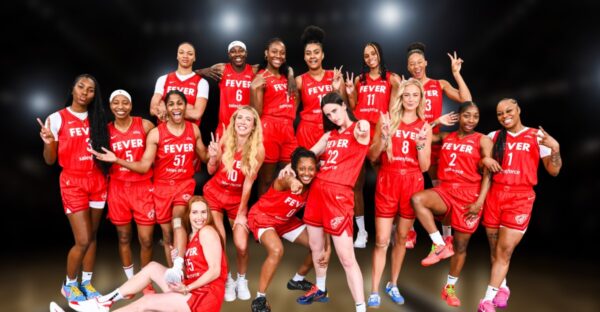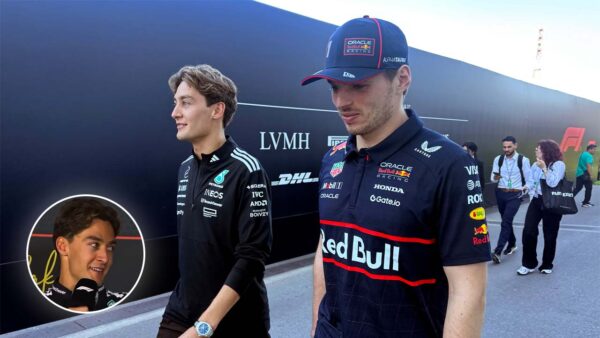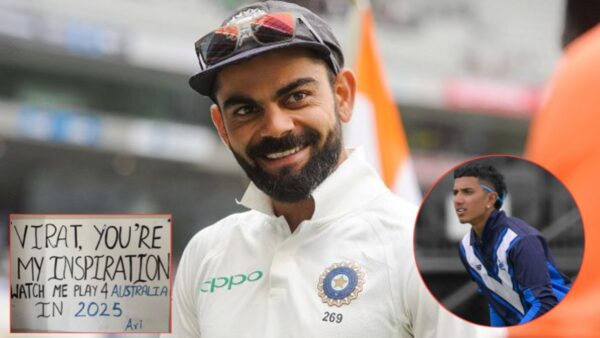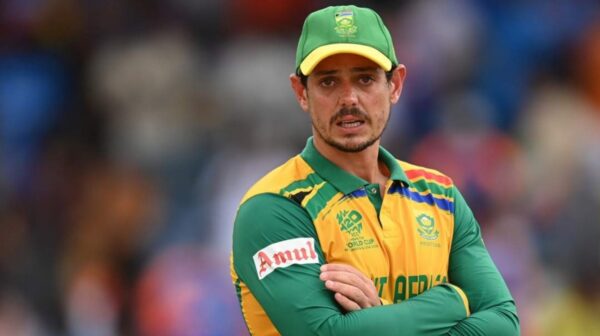Explaining the wild and weird of MMA: Modern UFC Scoring/MMA Scoring
Being unfamiliar with the UFC scoring system can be detrimental to a fighter's chances; judges can make judgement calls or generic errors. Here's a basic breakdown of modern MMA scoring, based on the recent past.
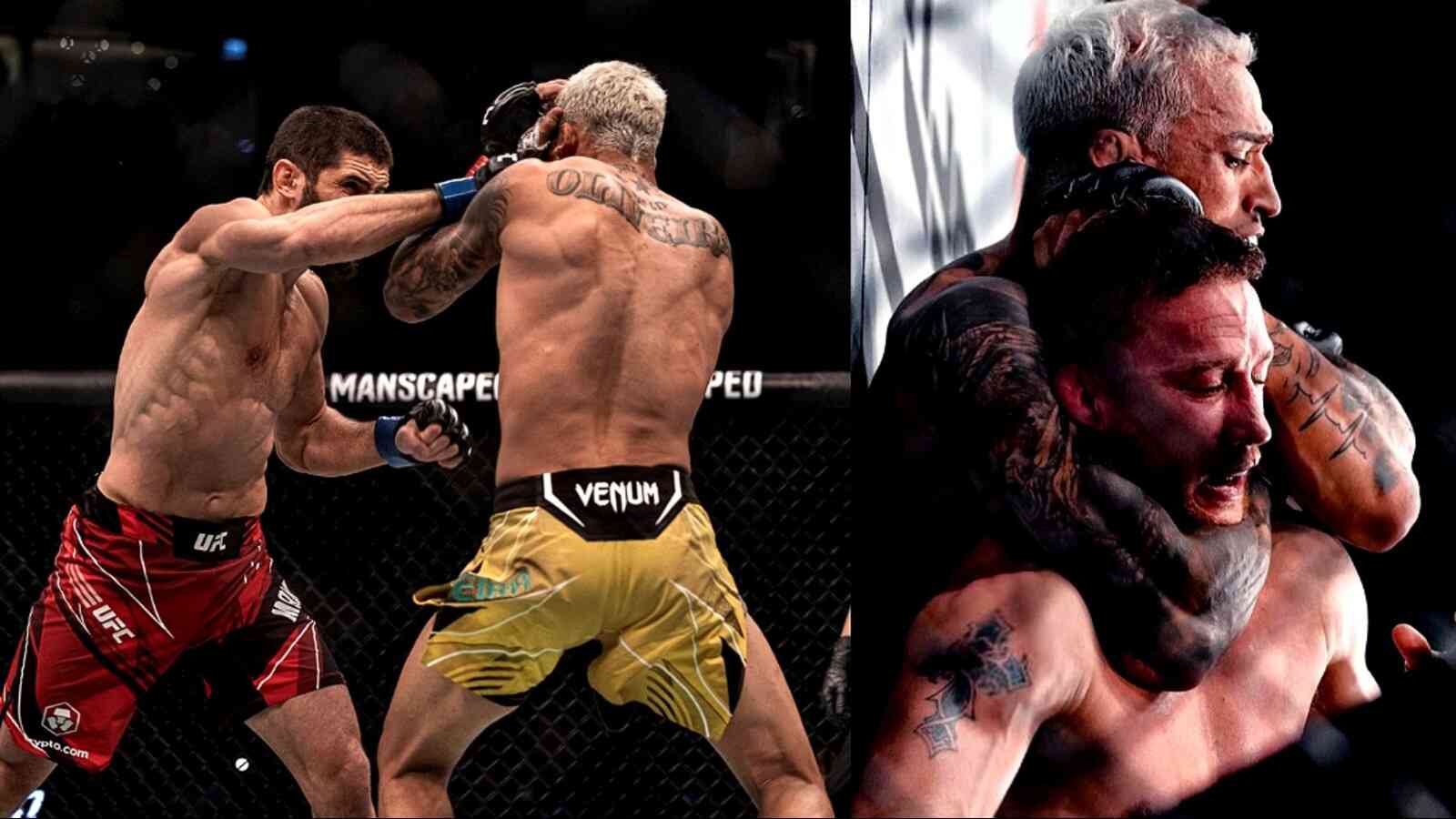
A systemic breakdown of what works, and what doesn't in MMA Scoring (Source: IMAGO/Instagram)
🔍 Explore this post with:
While the judges may not often get it right to fans’ liking, MMA Scoring follows guidelines when determining UFC winners. There are certain paths to take when deciding who emerges as a victor. Yet, the course of the match sometimes rejects keen-eyed fans.
UFC 302: Makhachev vs. Poirier was the most recent PPV card. The co-main event saw middleweight Sean Strickland cap off a dominant win over Paulo Costa. What should have been a unanimous scoring saw a split decision (46-49, 50-45, 49-46). Notably, Dave Tirelli favored Costa with a staggering 49-46 throughout (4 rounds in favor of Costa); even CEO Dana White was baffled by the numbers.
In the first prelim opened, Andre Lima similarly edged out Mitch Raposo (30-27, 28-29, 30-27) in his second outing, but via split scoring. This isn’t the only such card with controversial scoring in recent memory. So what goes wrong? What are the systems in place for MMA Scoring? Here’s a brief attempt at a breakdown.
Scoring System Unbound: “It’s a 10…”
Ten’s the limit for MMA Scoring. In order to score the fights, the judges use a 10-point must system. It’s a key element of UFC and MMA cultures as a whole. Regardless of how close a round gets, the regulatory Athletic Commissions require that each round have a clear winner. This means that one of the fighters needs a 10.
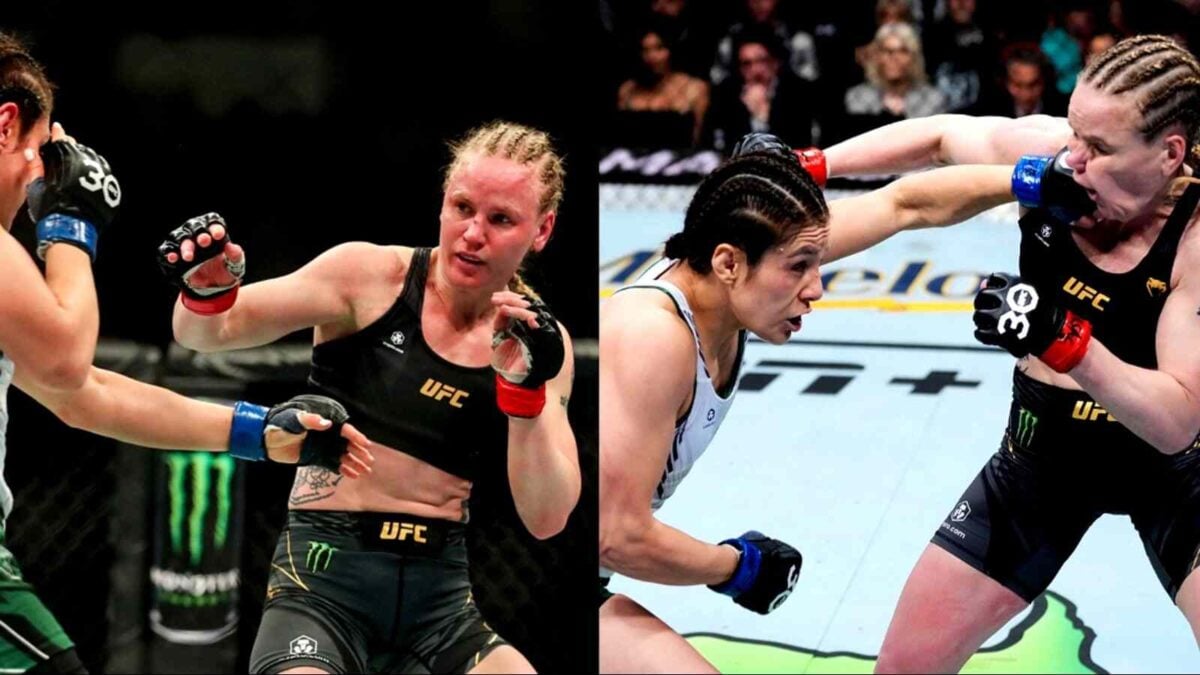
The majority of rounds end 10-9 in favor of a “clear winner.” Although rare, there are cases of 10-8 and 10-7 scores. UFC’s scoring follows three systemic metrics: effective striking and grappling, effective aggression, and octagon [ground] control. Stuff like 10-8 can occur when there’s a major differential or multiple knockdowns.
Alexa Grasso submitted Valentina ‘Bullet’ Shevchenko in R4 at UFC 285; their rematch at the Inaugural Noche UFC in September 2023 ended unceremoniously. The champion out of Guadalajara, Jalisco, retained her undisputed gold due to a controversial 10-8 round, resulting in a split draw. Judge Mike Bell awarded Grasso the 10-8, throwing a monkey wrench in a clash of equal giants.
But it’s also a 10-8
Brian Ortega returned to winning ways after balancing the scales with Yair Rodriguez. Their first fight was in tatters after Ortega injured his shoulder in the 1st frame. But, in their UFC Mexico City rematch, Ortega came out on top. Despite a self-inflicted wobble, Ortega dominated the second and third rounds en route to a submission win. However, he was subject to 10-8 fame Bell yet again.
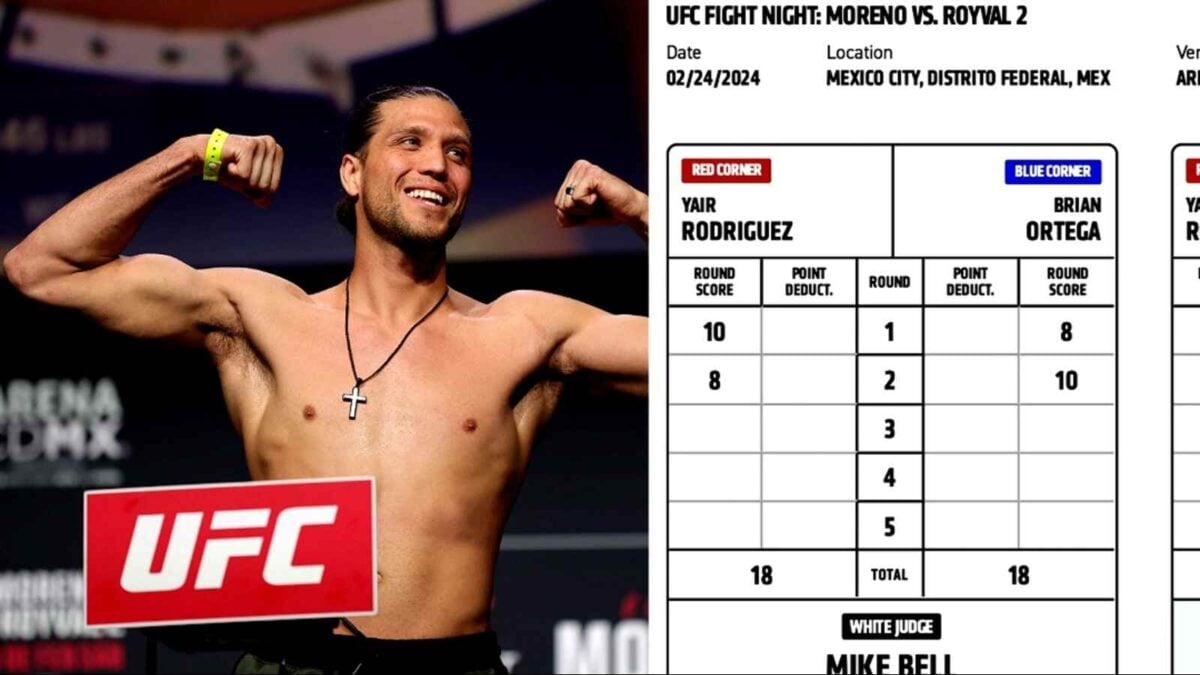
Much like Conor McGregor, ‘Bullet’ Shevchenko, and a few others, his MMA Scoring was a massive flub. Bell scored them both 10 and 8 conversely; 10-8 is rare; 18-18 card is even rarer. Ortega defeated Yair Rodriguez via submission (arm-triangle choke) – 0:58 into Round 3. However, he rallied with minimal mid-range striking but overpowering clinches. The question arises: Are standup games better than grappling/wrestling, then?
Empire STRIKES Back; doesn’t clinch
MMA Scoring (and UFC subsequently) follows the “Unified Rules of Mixed Martial Arts” under the Combative Sports Association of Boxing Commissions. Also known as the Official Unified Rules of MMA, the Texas Commission and the Nevada Athletic Commission (NAC) follow them to the letter. According to them, Effective striking remains the biggest priority. When it comes to stand-up play, damage is the biggest factor in swaying judge’s cards.
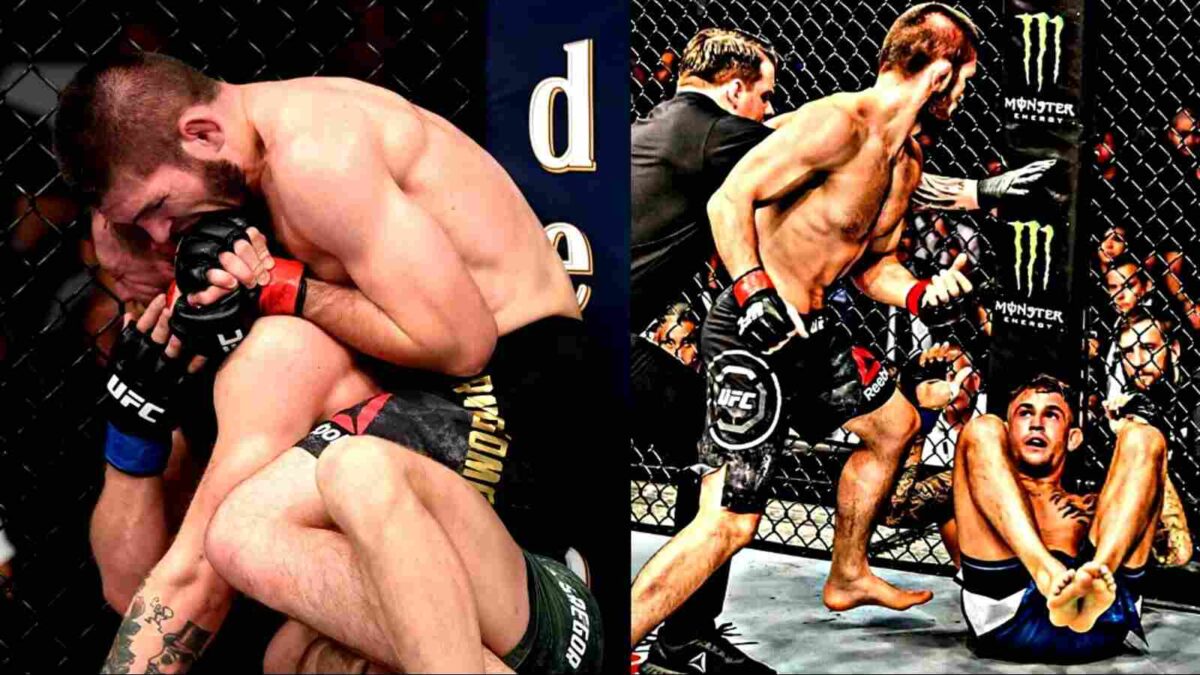
MMA clique most often dubs down Khabib Nurmagomedov as a G.O.A.T. candidate due to his wrestle-heavy style during his 13 UFC fights. In comparison, other violent finishers get the nod. Speaking to Kaz Crossley of Title Sports Network (@TitleSportsNetwork), Justin Gaethje recently said he opted for a path of heavy-hitter than wrestling due to bigger legacy payouts. Flashy finishers earn the favor of judges and earn “Fight Night” bonuses as well.
A Dutch MMA promotion – Levels Fight League, implemented a “Max Point Throwdown” Bonus of $5000. If a fighter mimics Max Holloway’s UFC 300 buzzer-beater moment and wild swinging, they earn the subsequent bonus for the risky maneuver. However, there won’t be a Charles Oliveira “Do Bronx movimiento de sumisión” Bonus anytime soon.
It’s about sending a message
On the 10-point scale, losing fighters score nine or less. Rarely can a draw and three-point margin occur in a round. Josh Emmet wobbled Felipe Arantes a record four times at UFC Fight Night 118, earning a stellar three-point win from judge Paul Sutherland. The 10X3 came from the vivid imagery of his knockdowns.
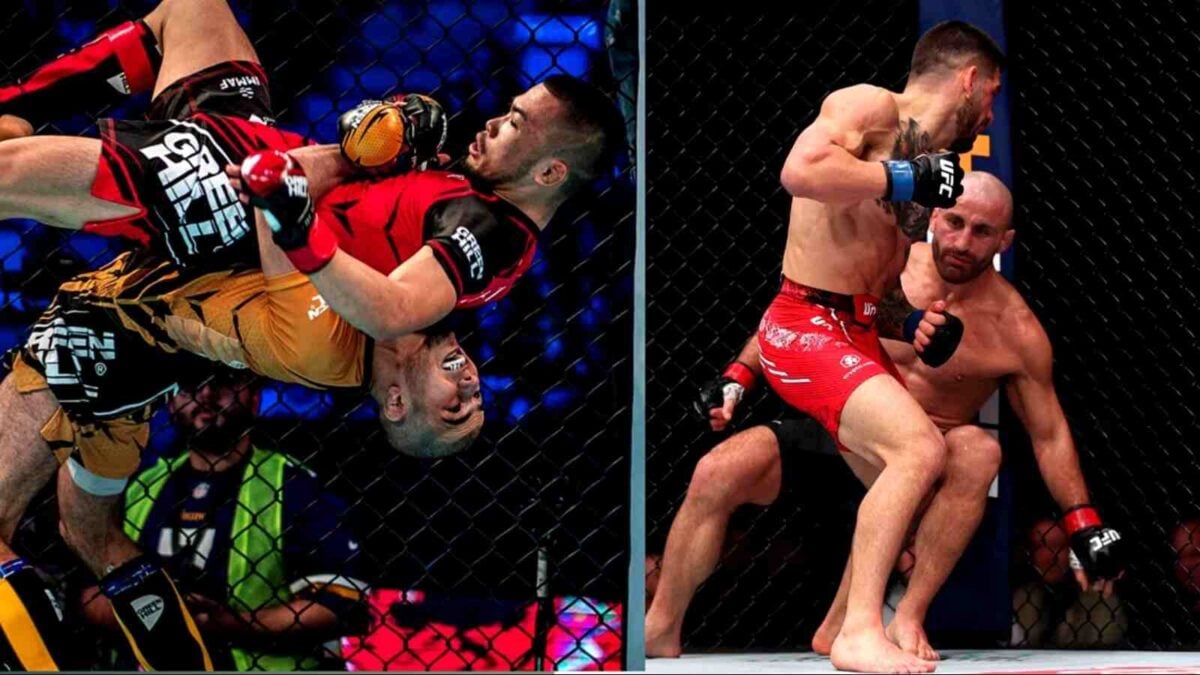
Jon Jones is more favorable due to his balance of lean-in clinches, back holds, and thunderous strikes. He submitted Ciryl Gane with a guillotine choke at 2:04 in UFC 285 in his heavyweight debut. Yet his standing guillotine over Lyoto Machida does the rounds on Twitter and chat boards. Sending a message with better striking or even significant control is a priority.
Contenders who have significant control in a round are much more likely to get a 10-8. Even ground controls make up a differential, as was with Ortega. He rolled his ankle in Round 1 and had lesser dominance. He rallied back with more in the latter rounds. Yet he and Rodriguez scored 10s and 8s in differentials. This was because their control over the other in R1 and R2 sent a clear message.
All over the horizon
It’s like Mufasa said — whatever falls under the Sun. Fighting Area Control or Octagon Control (in the case of UFC) is the next big thing to consider in MMA Scoring. If the first two criteria are tied, this cues in. Some controversial scoring does occur as this gets overlooked. However, area control can come into play prominently in some cases. Take Israel Adesanya and Alex Pereira, for example; both standout kickboxers and titleholder mettle.
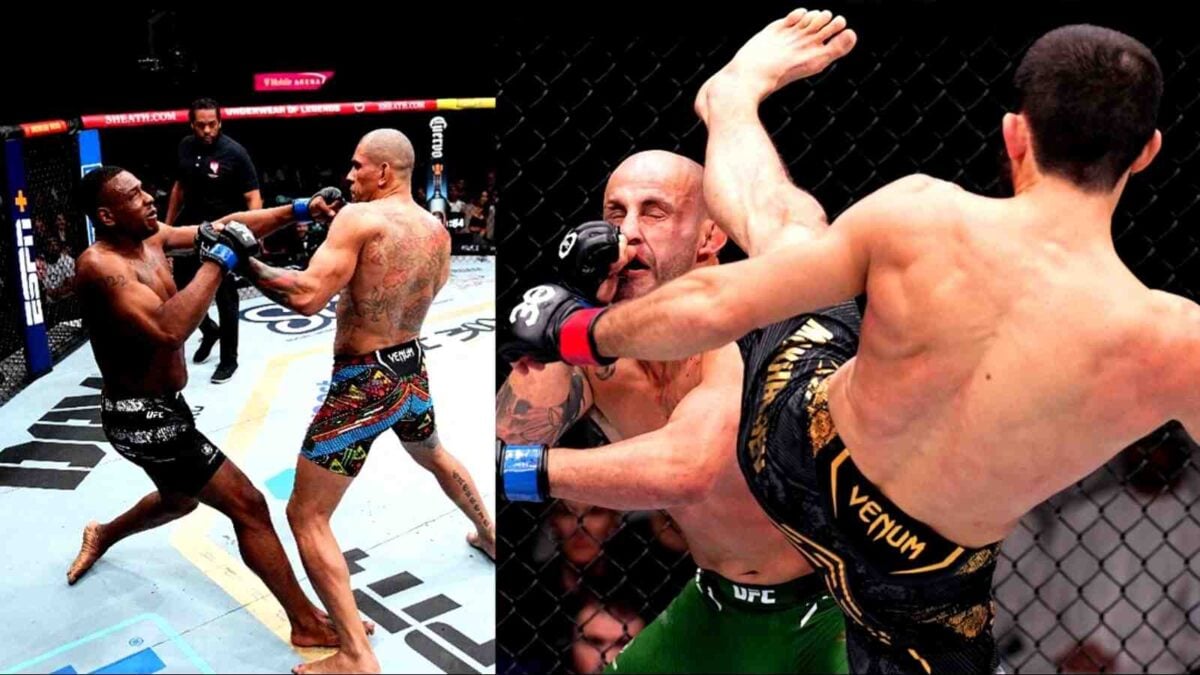
Erin Colon, Sal D’Aamato, and Bell scored Rounds 1, 3, and 4 (10-9s) to Adesanya during UFC 281: Pereira vs. Adesanya 2. Had the Round 5 KO at 2:01 not happened, ‘The Last Stylebender’ would have gotten the unanimous nod. Contrarily, a controversy would have happened if even one judge veered differently.
When judging a fight, UFC judges will also look for the urge for a finisher (aggression). More often than not, the control supports the pathway to this and dictates the ending of a scrap. Someone such as middleweight great Adesanya has the striking acumen to deploy range to control the center cage effectively and the danger of grappling to keep the fight upright.
To Err Is Human (Judge)
Despite these rules, controversies always happen in MMA Scoring to the point where fans look in disgust. Sal D’Amato caught a lot of flak for scoring 10 in Round 5 to Jack Hermansson despite utter dominance by Strickland at UFC Vegas 47.
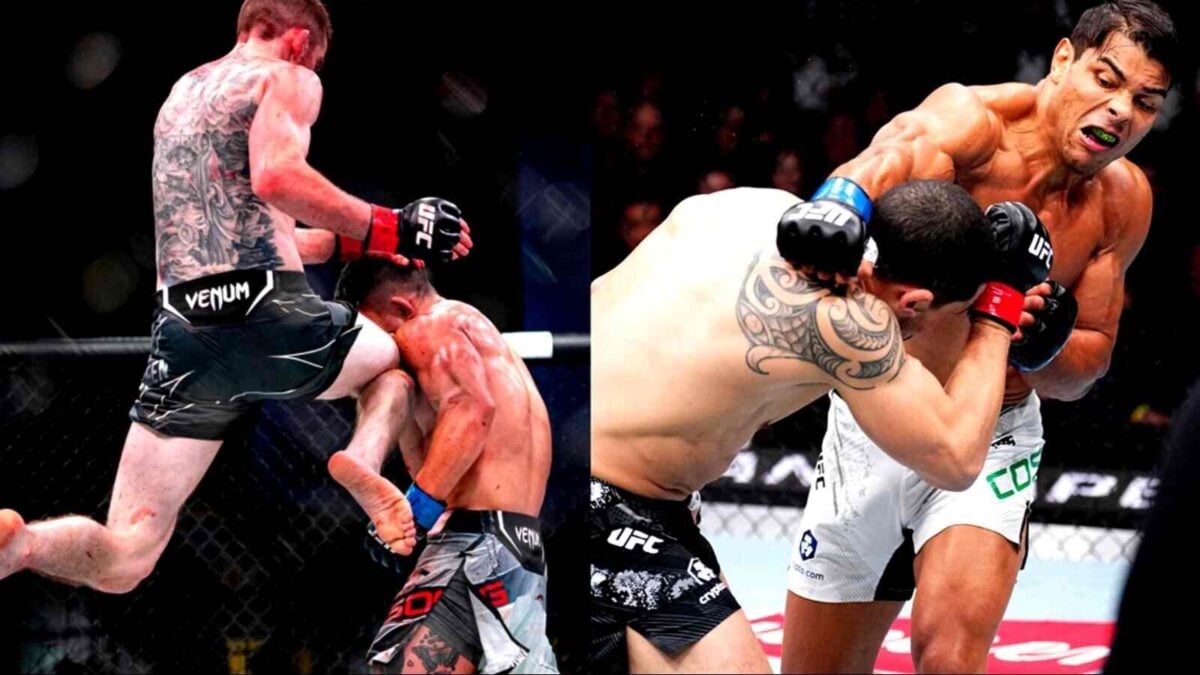
Ben Cartlidge came under fire for scoring four 10-9s in favor of Brandon Moreno against Alexandre Pantoja, which is very akin to Costa. Fans argued that despite a close call, Lupita “Loopy” Godínez mildly supplanted Tabatha Ricci for all three rounds. Yet she incurred a 27-30 score. Here are the basic guidelines and pointers for scoring, as follows.
UFC Scoring System Summary
The 10-point must system
UFC fights (MMA Scoring) are scored on a 10-point system. Winners edge around 10, with more dominance earning a fighter 10-8 or 10-7 rounds.
Referees should not use their inability to pick a winner in a round to justify a 10-10 round
The Unified Rules of MMA 2019 defines a 10-10 round as “when both contestants have competed for whatever duration of time in the round, and there is no difference or advantage between either fighter.”
Judges decide winners based on striking/grappling, aggressiveness, and ground control
Effective Striking/Grappling is the first prioritized criterion of Round assessments in MMA Scoring. Then comes aggression. But fouls can affect scores.
10-9 Rounds
The Unified Rules of MMA 2019 says a 10-9 round is “When a contender wins by a narrow margin; when the winning contestant lands better strikes or uses effective grappling during the round.“
10-8 Rounds
Occurs when there’s a clear differential due to impact (knockdowns, trips, takedowns) or duration of extended strikes and grapples
10-7 Rounds
An ultra-rare round of utter dominance should be scored with proper discretion. It can also usher more controversy than a 10-8. (Forrest Petz vs. Sammy Morgan is the only 10-7 score in UFC history)
Overlooking Control gives in to controversy
Effective control goes hand-in-hand with effective strikes and the urge to finish. Misinterpreting effective ground control or not codifying the mastery of the fight space is often controversial
Common threads of controversial scoring
Quantity versus Quality, more dangerous strikes causing splatter, clot, or generic damage get the nod more than Significant strikes landed. The same goes for rare or explosive holds and submissions.
In case you missed it:
- Max Holloway’s buzzer-beater BMF moment warrants more attention than it already has
- 37-year-old Jose Aldo’s comeback UFC fight in Rio deserves more praise

